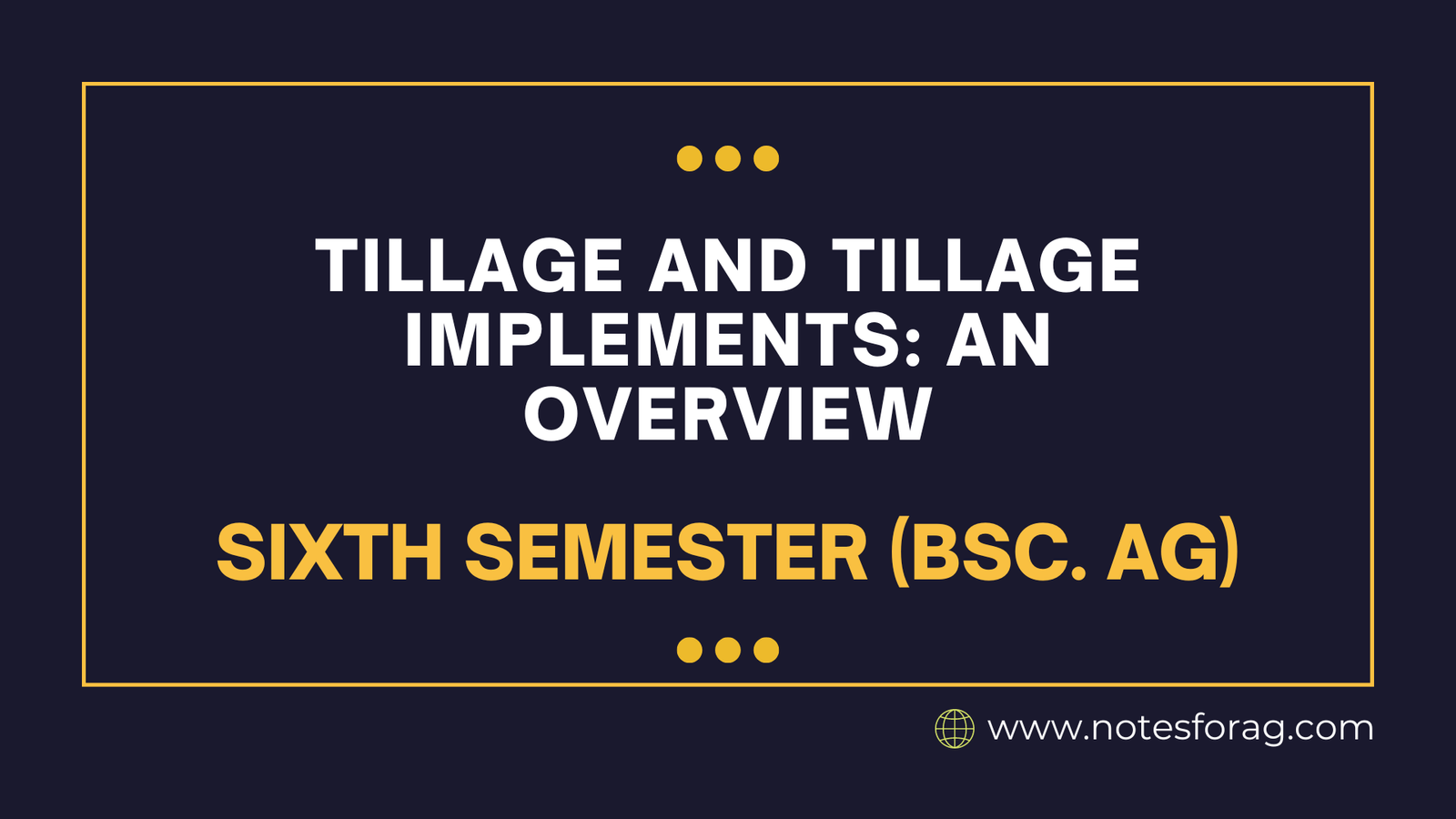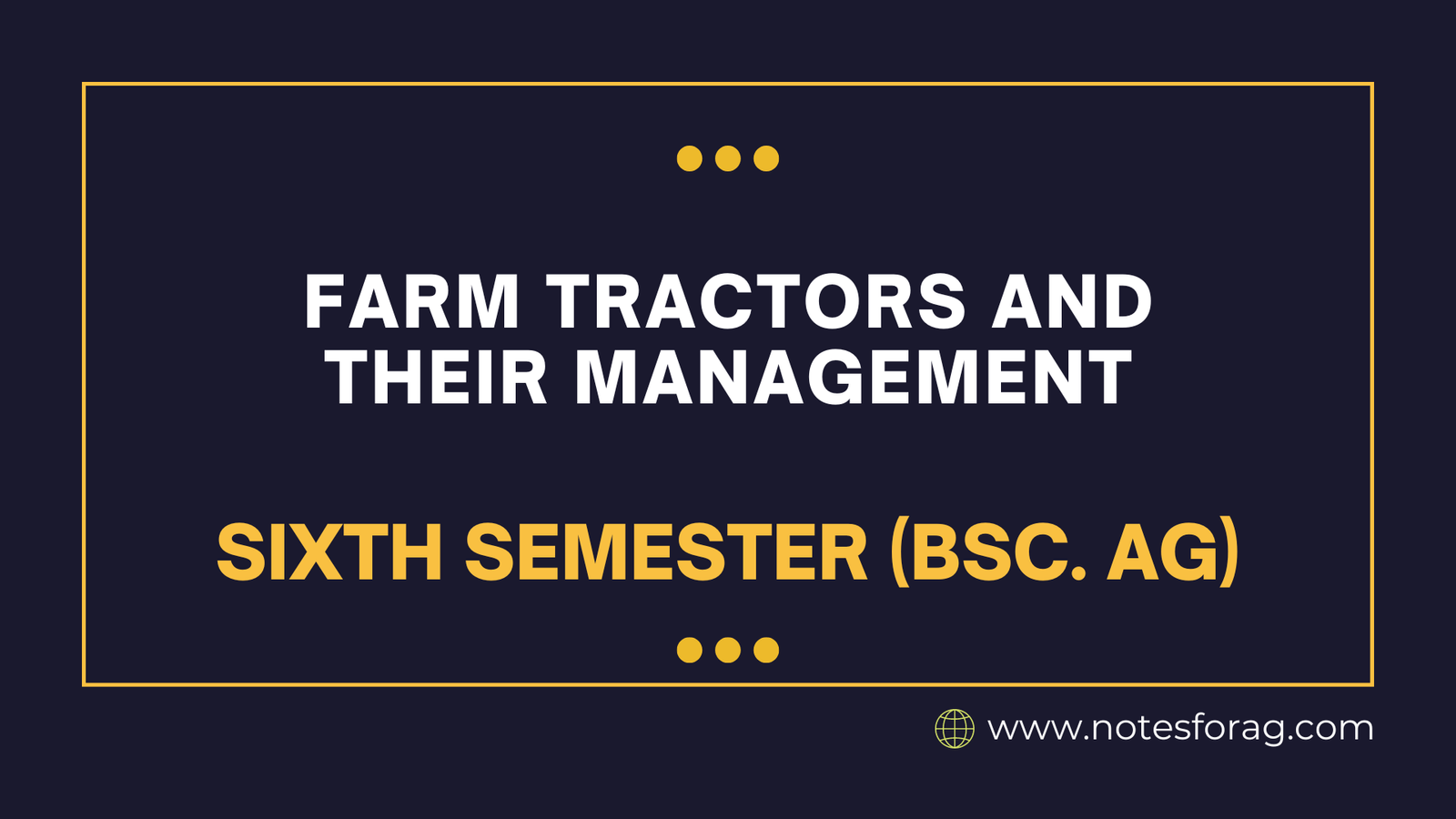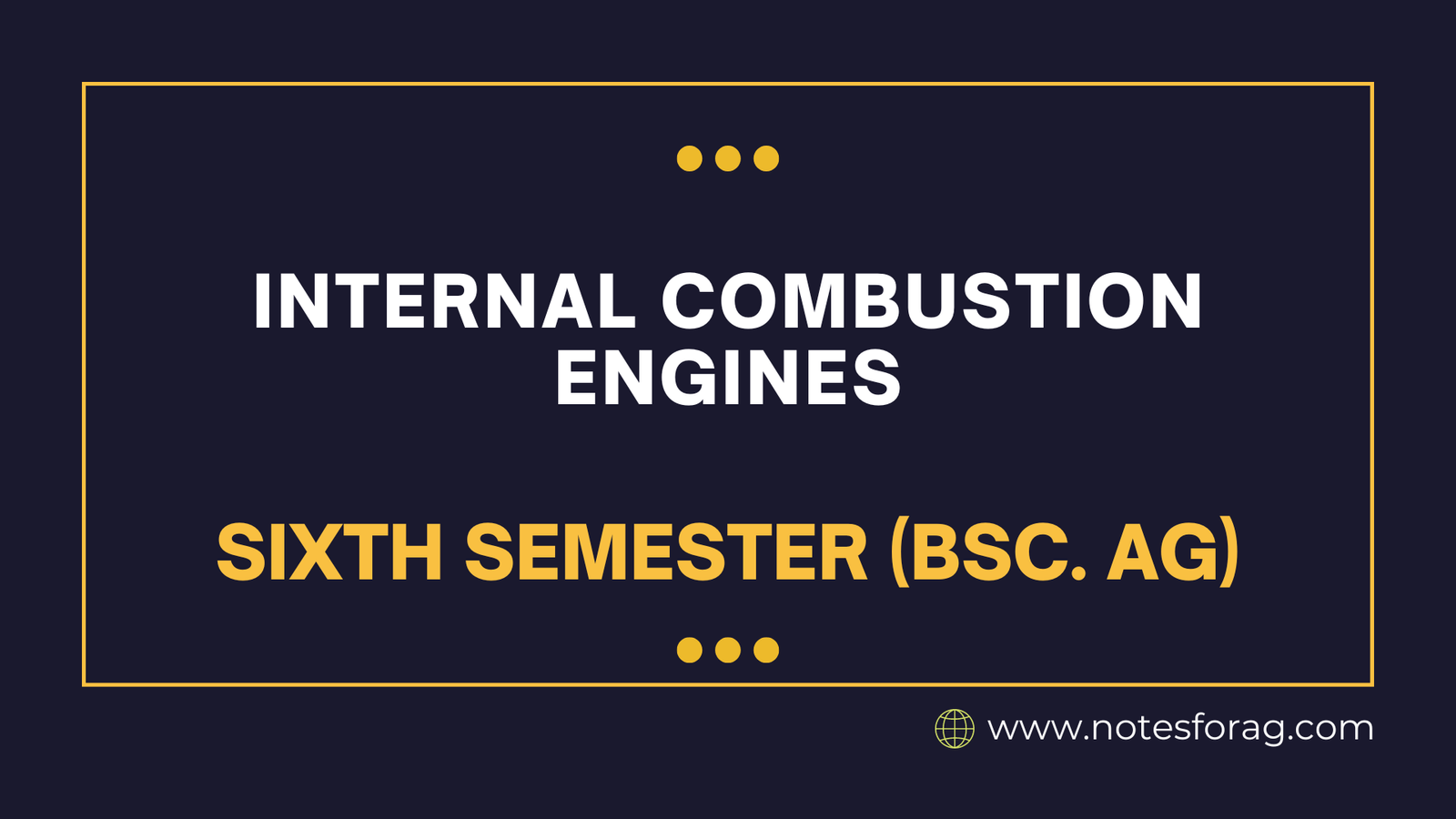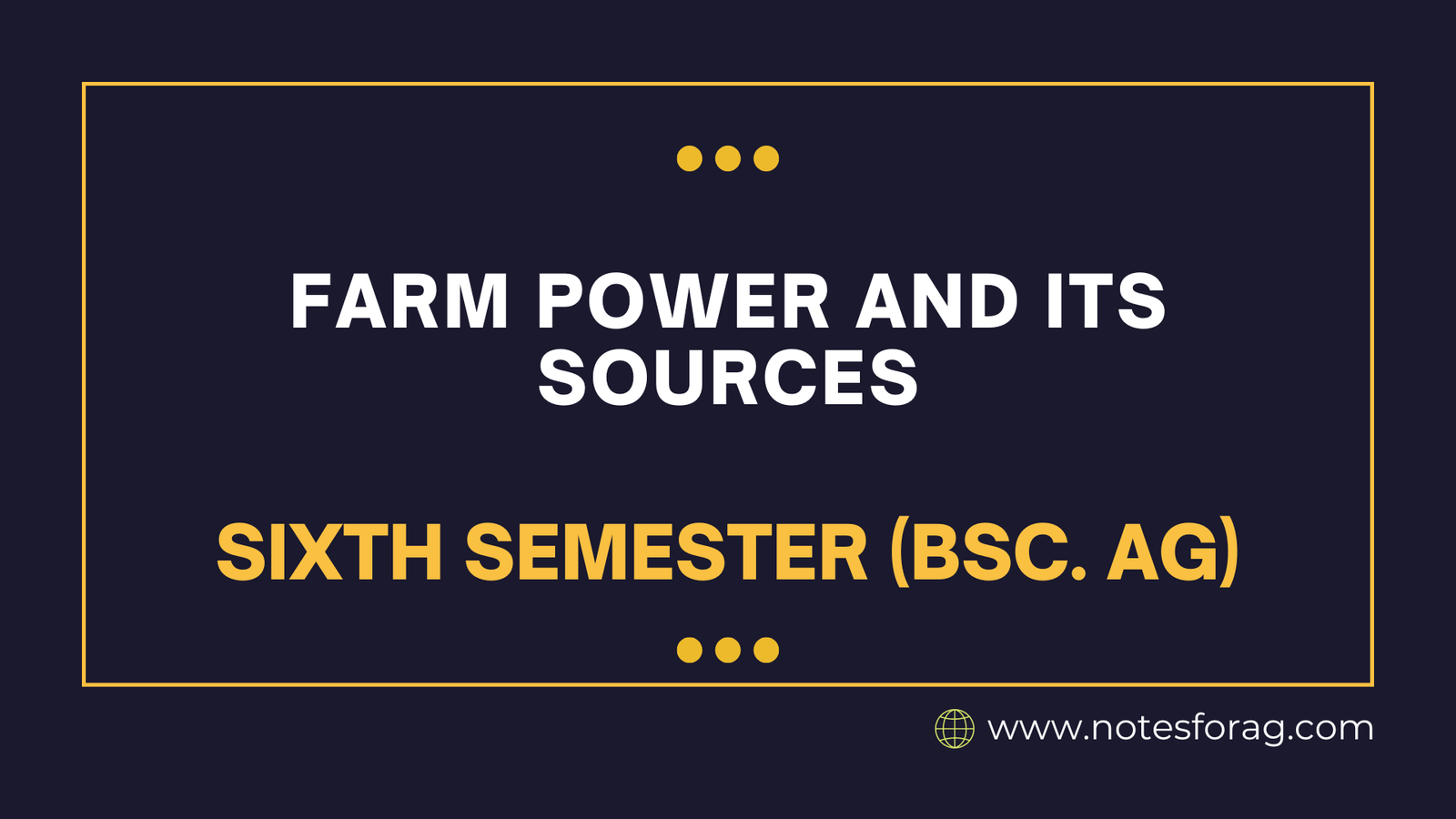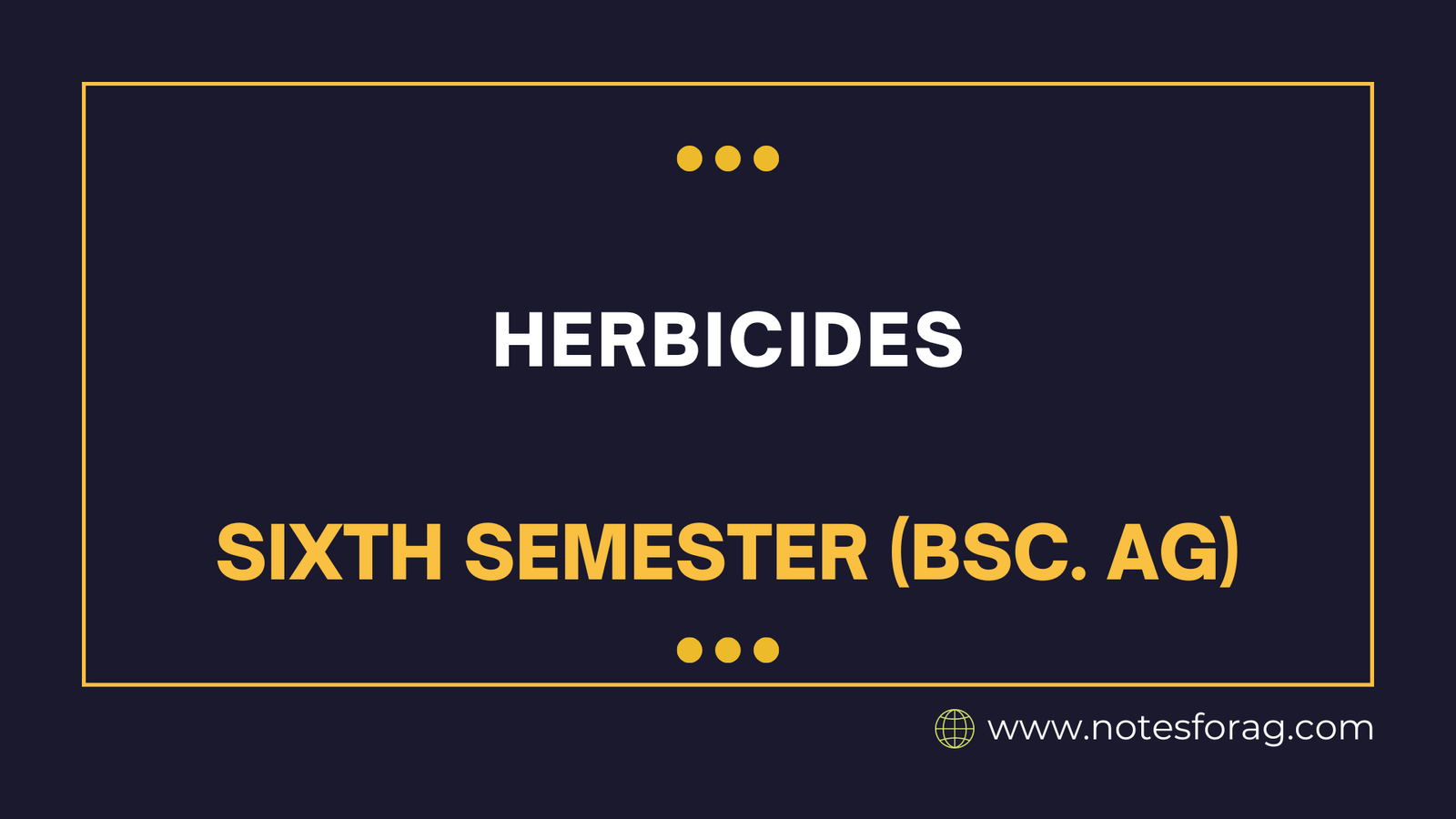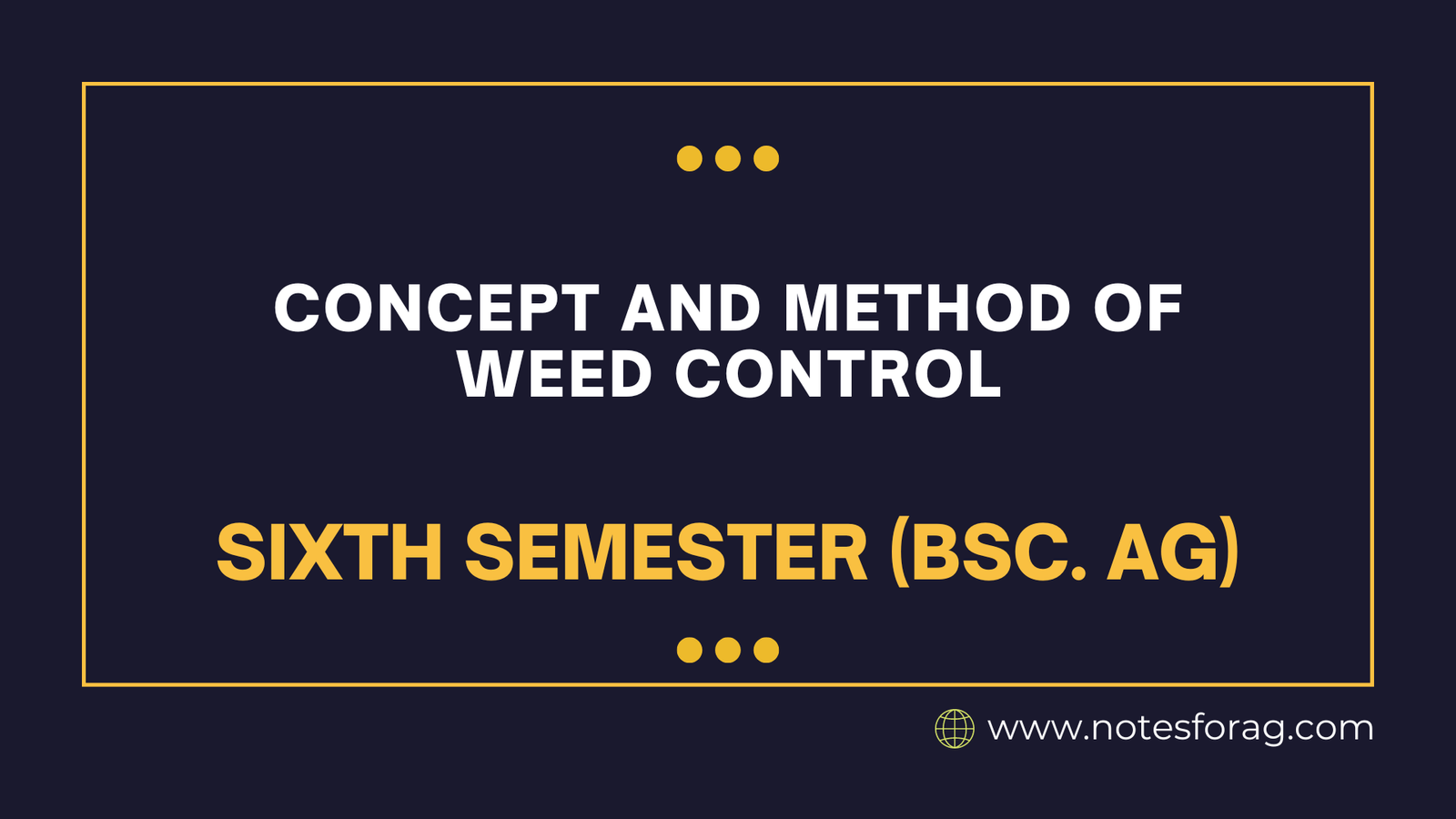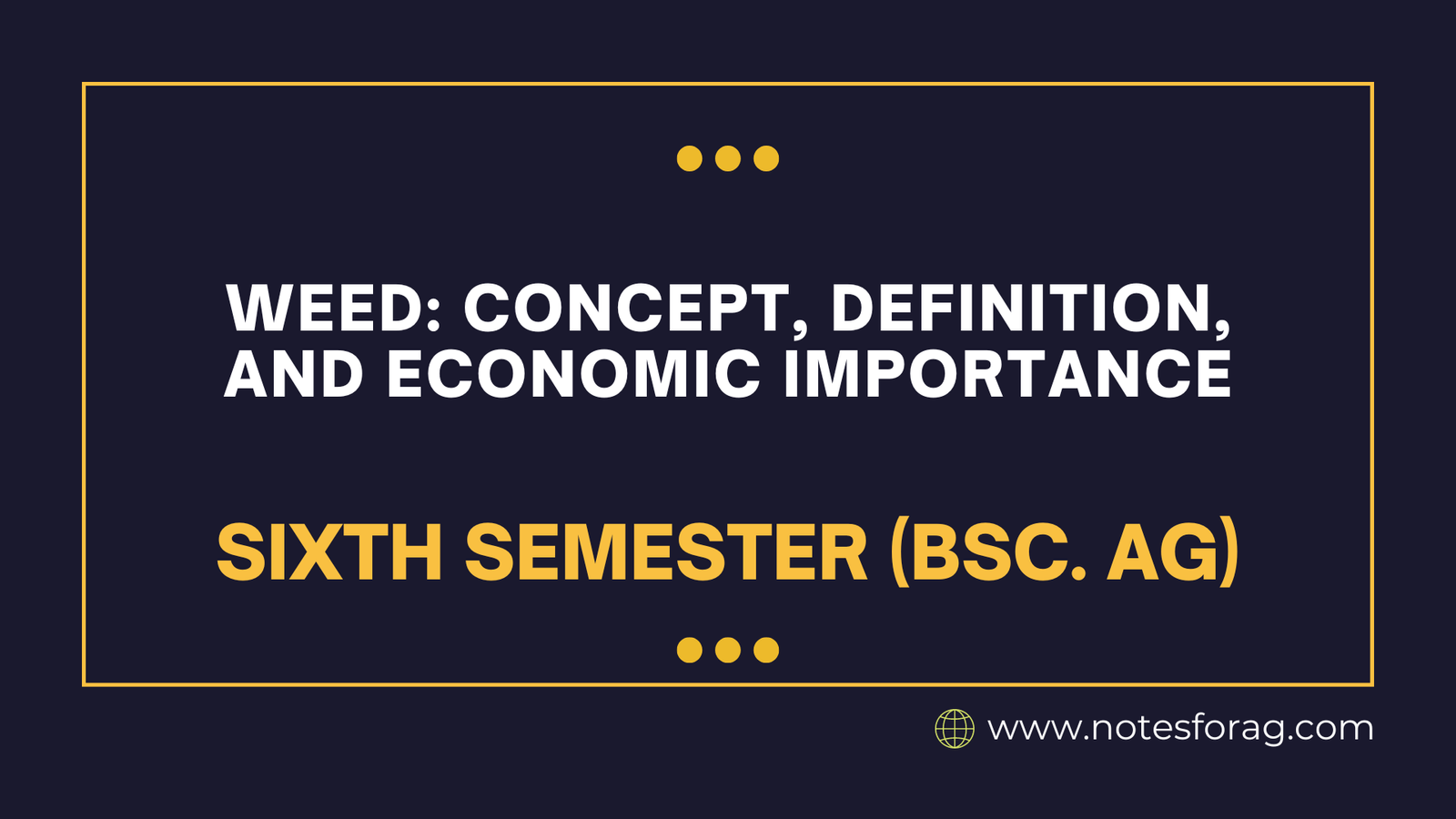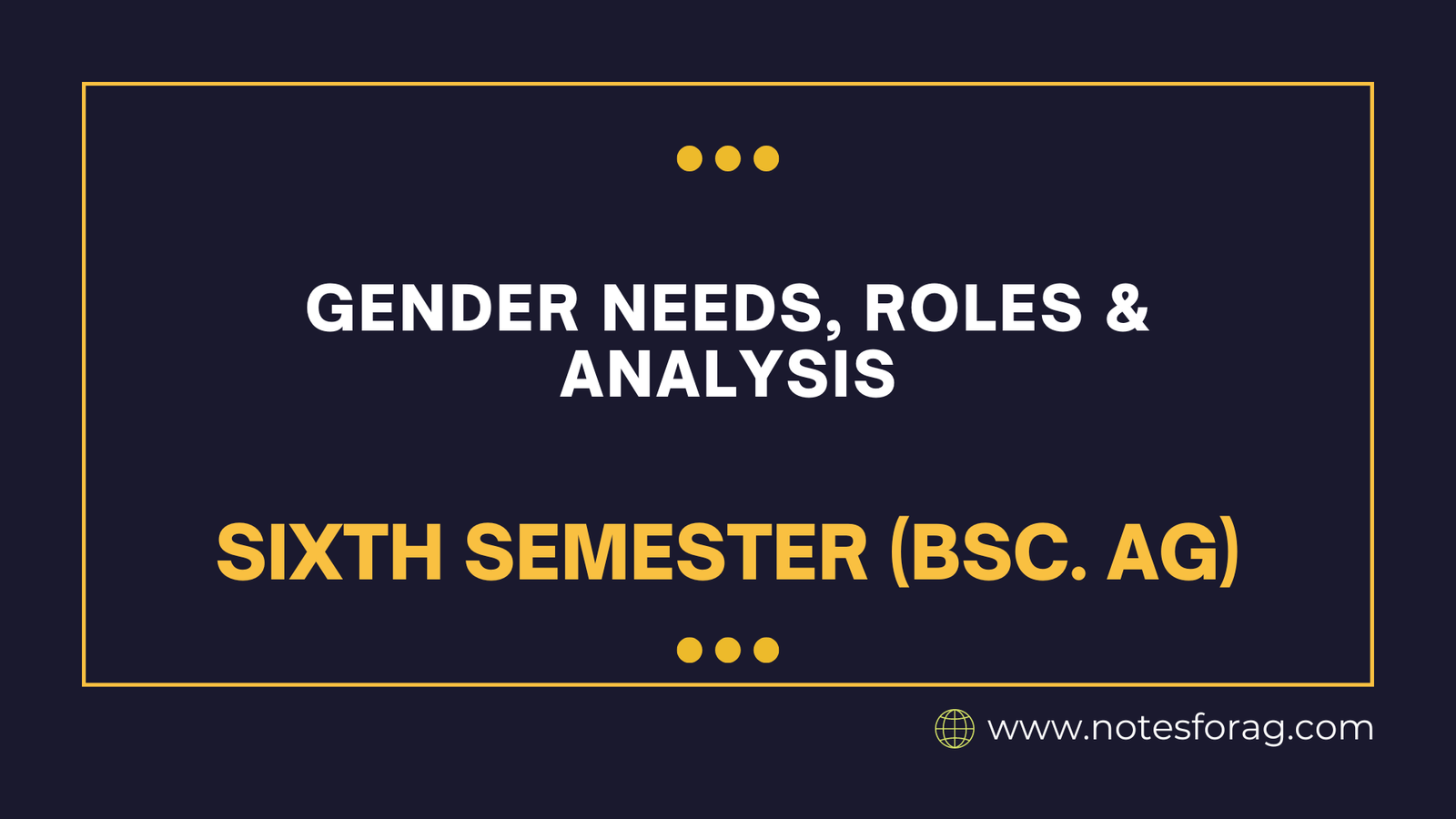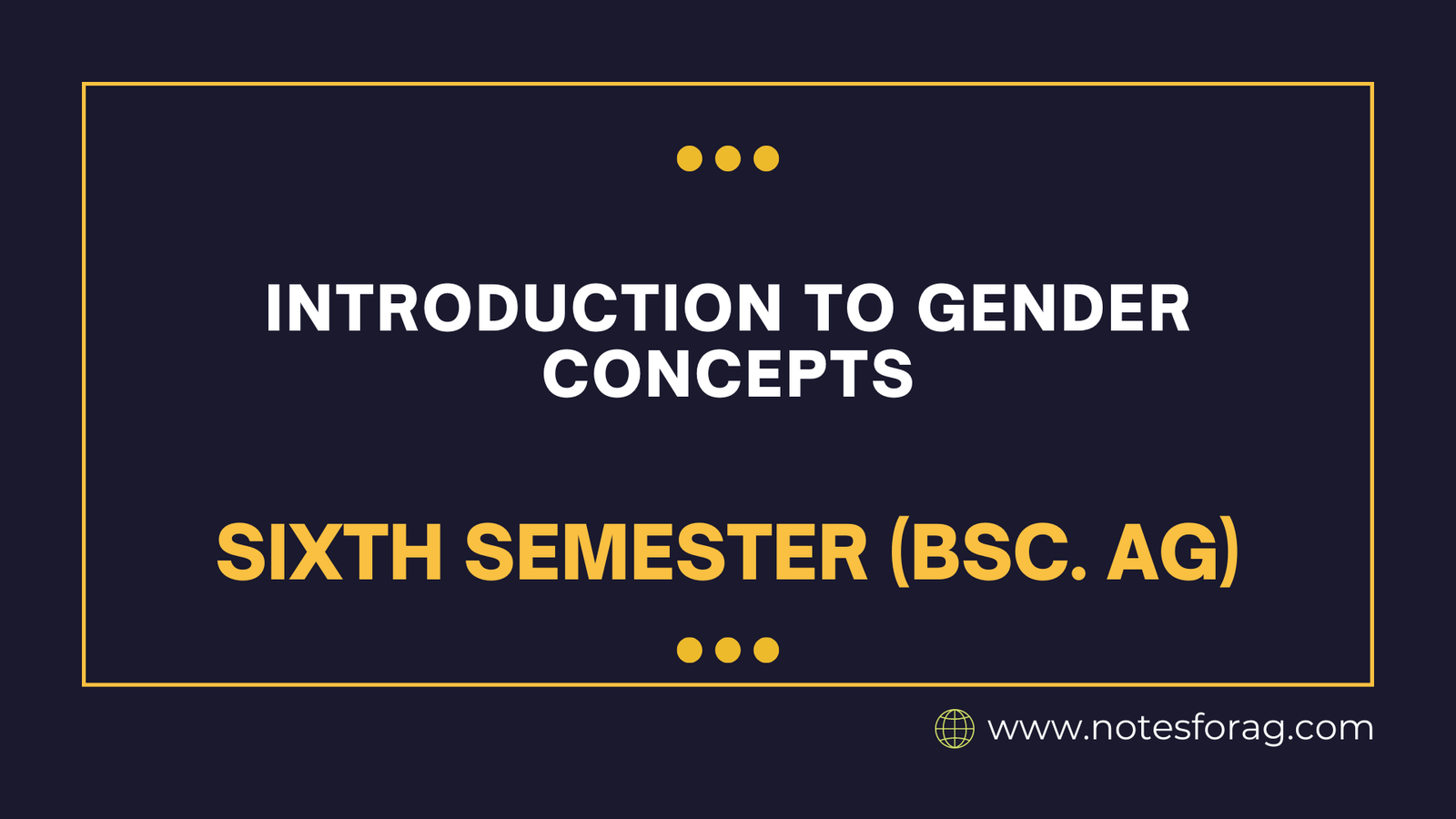Tillage and Tillage Implements: An Overview
Tillage is a fundamental agricultural practice involving the mechanical manipulation of soil to enhance its physical condition for crop cultivation. It plays a crucial role in preparing the soil for planting, managing weeds, improving soil structure, and promoting healthy plant growth. By creating an optimal environment for seed germination and root development, it is key … Read more

